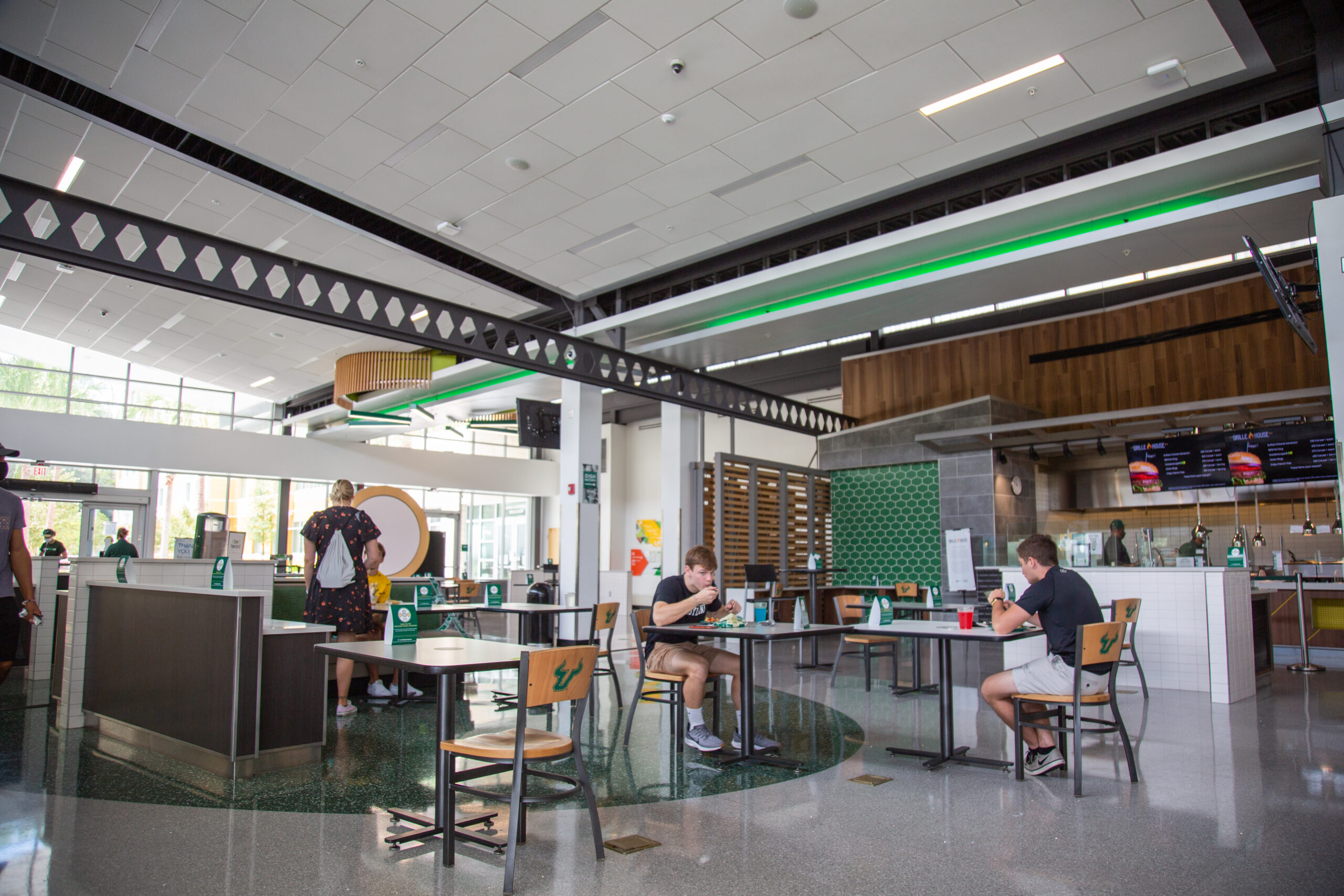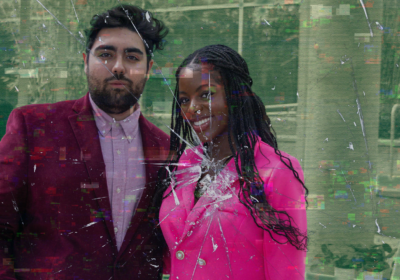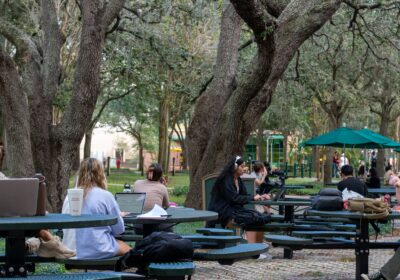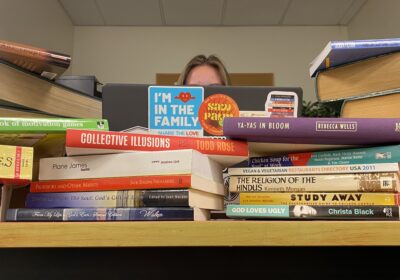EDITORIAL: College admissions lottery worsens selectivity problem
To solve the overwhelming problem of selectivity in college admissions, a writer for The Atlantic proposed the future of college applicants ought to be handled like numbered balls in a Bingo drawing.
Today, many admissions officers and top universities that accept less than 10 percent of their applicants confessed that a majority of rejected students are not much different from those accepted. So, a writer for The Atlantic suggested schools simply accept the idea of chance in their admissions processes through a lottery.
Instead of the way admissions are currently handled, the writer said colleges should double their acceptance rates and enter all accepted students in a lottery for actual admission.
According to a recent New York Times article, college selectivity, or low acceptance rates, can be caused by a number of factors, including an increased number of competitive college applicants, students submitting more applications and slow growth in the number of seats available at top universities.
This year, Stanford rejected 95 percent of its applicants. The admission rates of Stanford, Duke and Cornell, among other universities, are half of what they were 10 years ago, according to the New York Times.
In theory, a lottery would give more students the chance of admission in light of low acceptance rates across top schools such as Yale, Stanford and Duke. The author even argued it can minimize the consequences of selectivity, which he said simply fosters the ability to promote oneself with a college application.
However, it only means all of one’s academic effort up to that point will be ignored during actual selection. Even if a student creates the best college application yet, he could still be overlooked.
With high school graduates being mindful about the reality of selectivity, it is no surprise they are driven to create the best applications and make themselves more attractive than the thousands of other students applying.
GPAs, standardized test scores and essays only show so much about how devoted or intellectually driven a student is, but the college application is the evidence students have to show their achievements in years of schooling.
College selectivity already makes it harder for applicants to know if their future at a particular school is certain. It tells students it doesn’t matter how qualified they are, they could still be denied. A lottery would simply reinforce this idea, but with twice the amount of students on the line.
Of course, selectivity doesn’t mean it is harder to get into college today. Another article by the Atlantic addresses how it could be more difficult for students to just get into their first choice.
This is, perhaps, why students apply to more schools than in the past.
In 2011, 29 percent of college applicants applied to seven or more schools, a leap from the nine percent in 1990, according to the National Association for College Admission Counseling.
A lottery wouldn’t change college selectivity. It would just provide more students with the chance for selection. However, putting applicants in a pool of randomly selected names is a more careless way of choosing students in the face of sweeping rejection.
College selectivity is a complicated issue and isn’t likely to change unless universities offer more seats or fewer students apply, solutions which are too simple. Playing on the idea of chance introduces unfairness that certainly doesn’t belong in an already seemingly random decision-making process.







